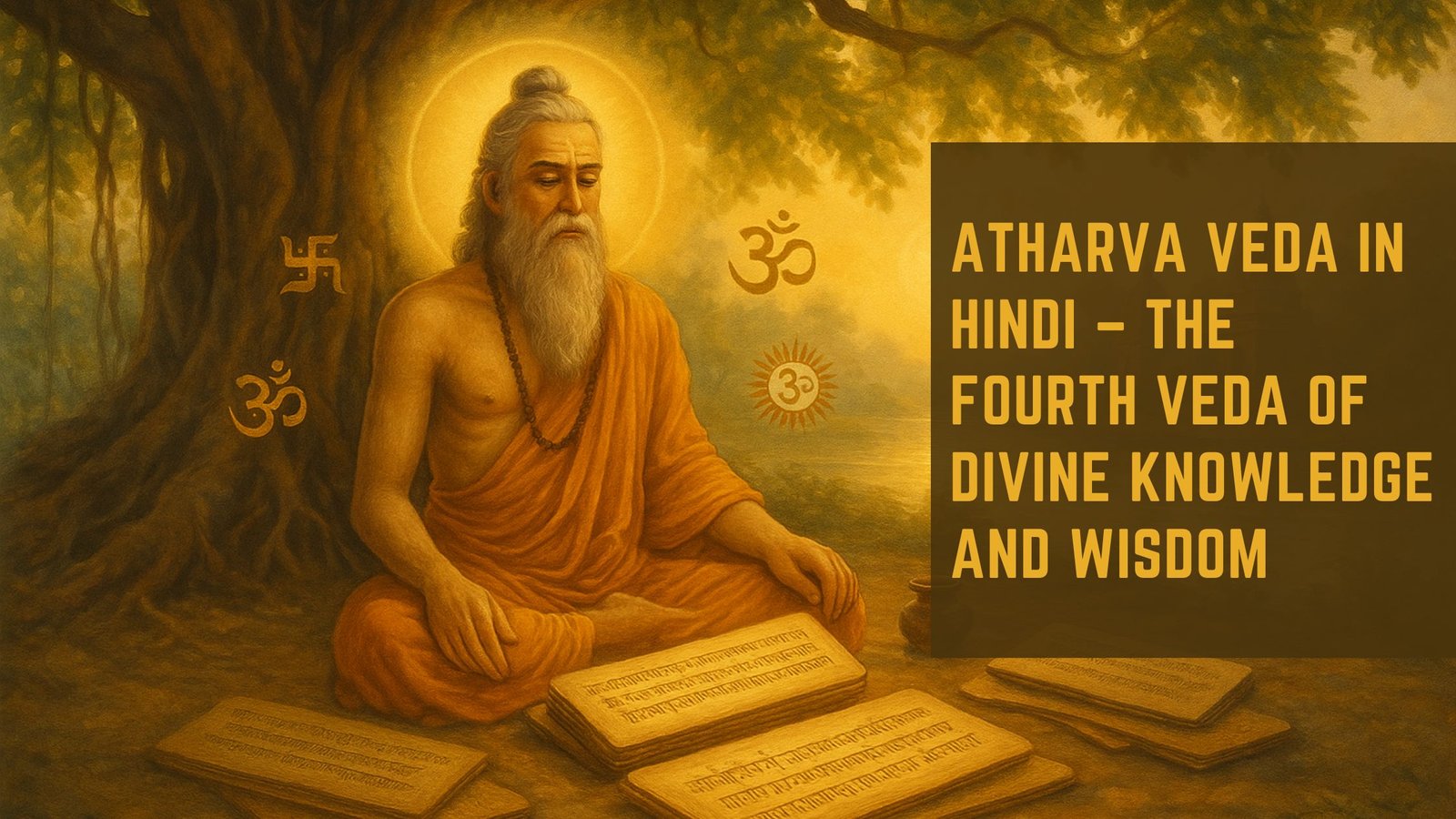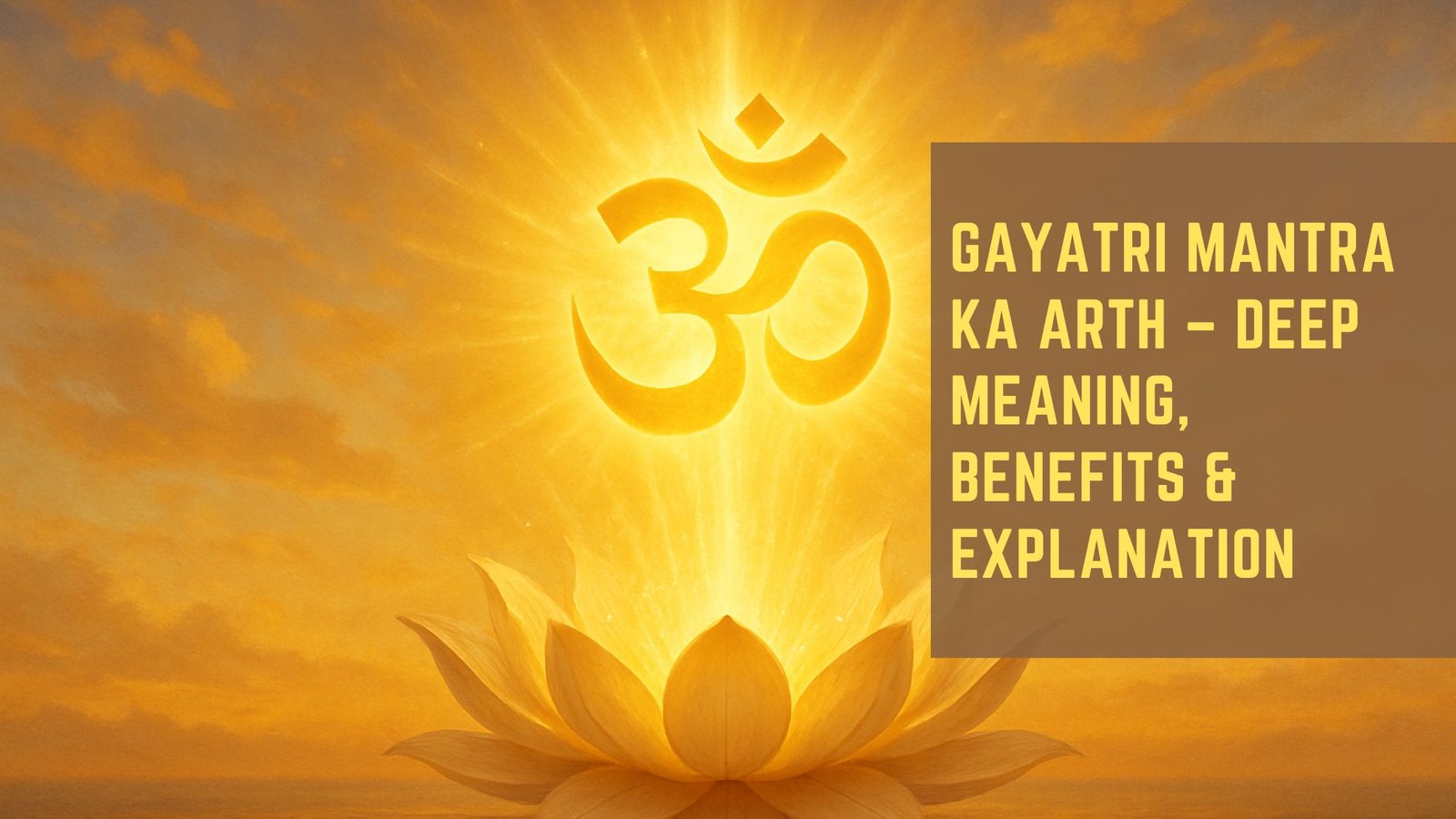The Bhagavad Gita, often referred to simply as the Gita, is a 700-verse Hindu scripture that is part of the Indian epic Mahabharata. It is a philosophical dialogue between Prince Arjuna and Lord Krishna, who serves as his charioteer. This sacred text is revered not only for its spiritual insights but also for its profound exploration of human dilemmas and ethical quandaries.
The Gita addresses the moral and philosophical struggles faced by individuals, making it a timeless guide for those seeking clarity in their lives. The context of the Gita unfolds on the battlefield of Kurukshetra, where Arjuna is torn between his duty as a warrior and his moral qualms about fighting against his own kin. This moment of crisis sets the stage for Krishna’s teachings, which encompass a wide range of topics including duty, righteousness, and the nature of reality.
The Gita transcends religious boundaries, offering wisdom that resonates with people from various backgrounds and beliefs. Its teachings encourage individuals to reflect on their own lives, confront their challenges, and seek a deeper understanding of their purpose.
Key Takeaways
- The Bhagavad Gita is a sacred Hindu scripture that offers guidance on how to live a fulfilling and purposeful life.
- Dharma refers to one’s duty and moral responsibility, and understanding and following it is essential for leading a righteous life.
- Embracing selfless action means performing one’s duties without attachment to the results, focusing on the action itself rather than the outcome.
- Overcoming obstacles and challenges is a key aspect of the Bhagavad Gita, teaching individuals to face difficulties with courage and determination.
- Finding inner peace and balance is crucial for leading a harmonious and fulfilling life, and the Bhagavad Gita provides guidance on achieving this through self-discipline and self-awareness.
Understanding the concept of Dharma
Understanding One’s Dharma
The concept of dharma is multifaceted and varies according to one’s age, caste, gender, and personal circumstances. The Gita teaches that understanding one’s dharma requires introspection and a commitment to righteousness. It is not merely about following societal norms but about aligning one’s actions with a higher moral order.
Fulfilling One’s Role
For Arjuna, fulfilling his dharma means embracing his role as a warrior, despite the emotional turmoil he experiences when confronted with the prospect of fighting against family and friends. By embracing their dharma, individuals can contribute to the greater good while also finding personal fulfillment.
Reflecting on Responsibilities
The Gita encourages readers to reflect on their own responsibilities and to act in accordance with their true nature. By doing so, individuals can live a life of purpose and meaning, guided by the principles of righteousness and morality.
Embracing the path of selfless action

One of the most profound teachings of the Bhagavad Gita is the concept of selfless action, or “karma yoga.” Krishna instructs Arjuna to perform his duties without attachment to the results. This principle encourages individuals to engage in their responsibilities wholeheartedly while relinquishing any desire for personal gain or recognition. By focusing on the act itself rather than its outcomes, one can cultivate a sense of purpose and fulfillment that transcends material concerns.
Selfless action fosters a spirit of service and compassion. When individuals act without selfish motives, they contribute positively to their communities and society at large. The Gita illustrates that true fulfillment comes not from personal achievements but from serving others and acting in alignment with one’s dharma.
This approach not only alleviates stress and anxiety but also nurtures a sense of interconnectedness with all beings. By embracing selfless action, individuals can transform their lives into a journey of growth and enlightenment.
Overcoming obstacles and challenges
| Obstacle/Challenge | Impact | Strategy |
|---|---|---|
| Lack of resources | Delays in project completion | Seek alternative funding or partnerships |
| Resistance to change | Decreased morale and productivity | Communicate benefits and involve employees in decision-making |
| Technical difficulties | Disruption of operations | Training and support for staff, consider outsourcing |
Life is replete with obstacles and challenges that can hinder personal growth and fulfillment. The Bhagavad Gita acknowledges this reality and offers guidance on how to navigate difficulties with grace and resilience. Krishna advises Arjuna to confront his fears and doubts head-on, emphasizing that challenges are an integral part of the human experience.
Rather than shying away from adversity, individuals are encouraged to view obstacles as opportunities for growth and self-discovery. The teachings of the Gita highlight the importance of maintaining equanimity in the face of challenges. Krishna encourages Arjuna to cultivate a balanced mindset, remaining steadfast in his purpose regardless of external circumstances.
This perspective fosters resilience and empowers individuals to rise above their difficulties.
The importance of finding inner peace and balance
Inner peace is a recurring theme in the Bhagavad Gita, serving as a foundation for spiritual growth and well-being. Krishna teaches that true peace arises from within, independent of external circumstances. Individuals are encouraged to cultivate a sense of balance in their lives by harmonizing their thoughts, emotions, and actions.
This inner equilibrium allows them to navigate life’s ups and downs with grace and composure. Finding inner peace requires self-awareness and mindfulness. The Gita advocates for practices such as meditation and self-reflection as means to connect with one’s inner self.
By quieting the mind and turning inward, individuals can access a deeper understanding of their thoughts and emotions. This process fosters clarity and insight, enabling them to respond to life’s challenges with wisdom rather than reactivity. Ultimately, cultivating inner peace leads to a more fulfilling and harmonious existence.
Cultivating a sense of detachment

Detachment is another key teaching in the Bhagavad Gita that encourages individuals to let go of attachment to outcomes and material possessions. Krishna explains that attachment often leads to suffering, as individuals become overly invested in their desires and expectations. By cultivating detachment, one can experience greater freedom and joy in life.
This does not imply indifference or apathy; rather, it involves engaging fully in life while remaining unattached to specific results. The practice of detachment allows individuals to appreciate the present moment without being burdened by past regrets or future anxieties. It fosters a sense of acceptance and contentment, enabling individuals to navigate life’s uncertainties with grace.
The Gita teaches that true happiness comes from within, rather than from external achievements or possessions. By embracing detachment, individuals can cultivate a deeper sense of fulfillment that transcends fleeting pleasures.
Embracing the concept of surrender
Surrender is a profound aspect of the teachings found in the Bhagavad Gita. Krishna encourages Arjuna to surrender his ego and personal desires in favor of divine guidance. This act of surrender is not a sign of weakness; rather, it represents a deep trust in a higher power and an acknowledgment that there are forces beyond human control.
By surrendering to the divine will, individuals can find peace amidst chaos and uncertainty.
It requires faith in oneself and in the universe’s inherent wisdom.
The Gita teaches that when individuals surrender their worries and fears, they open themselves up to new possibilities and experiences. This shift in perspective fosters resilience and adaptability, empowering individuals to navigate life’s challenges with grace.
Applying the teachings of the Bhagavad Gita in daily life
The teachings of the Bhagavad Gita offer invaluable insights that can be applied in everyday life. By understanding concepts such as dharma, selfless action, inner peace, detachment, and surrender, individuals can cultivate a more meaningful existence. The Gita encourages readers to reflect on their own lives, identify their responsibilities, and act with intention and purpose.
Incorporating these teachings into daily routines can lead to profound transformations. For instance, practicing selfless action can enhance relationships and foster a sense of community. Engaging in mindfulness practices can promote inner peace and balance amidst life’s chaos.
By embracing detachment, individuals can navigate challenges with resilience while remaining open to new experiences. Ultimately, the Bhagavad Gita serves as a timeless guide for those seeking clarity and purpose in their lives. Its teachings resonate across cultures and generations, offering wisdom that transcends time and space.
By applying these principles in daily life, individuals can embark on a journey toward self-discovery, fulfillment, and spiritual growth.
If you are looking to delve deeper into the life-changing lessons from the Bhagavad Gita, you may find this article on the power of faith to be enlightening. The Bhagavad Gita serves as a timeless guide to life, offering wisdom and guidance for navigating the complexities of existence. Additionally, Verse 6.5 provides insight into self-improvement and inner strength, further emphasizing the transformative teachings of this ancient text.
FAQs
What is the Bhagavad Gita?
The Bhagavad Gita is a 700-verse Hindu scripture that is part of the Indian epic Mahabharata. It is a sacred text of the Hindu religion and is considered one of the most important spiritual classics.
What are some life-changing lessons from the Bhagavad Gita?
Some of the life-changing lessons from the Bhagavad Gita include the importance of fulfilling one’s duty without attachment to the results, the concept of selflessness and devotion, and the idea of finding inner peace and balance through self-realization.
How can the teachings of the Bhagavad Gita be applied to everyday life?
The teachings of the Bhagavad Gita can be applied to everyday life by practicing selflessness, maintaining a sense of duty and responsibility, and seeking inner peace and balance through self-realization. The text provides guidance on how to navigate life’s challenges and make ethical decisions.
Is the Bhagavad Gita relevant to people of all faiths?
While the Bhagavad Gita is a sacred text of the Hindu religion, its teachings and lessons can be relevant to people of all faiths. The universal themes of duty, selflessness, and inner peace are applicable to individuals from diverse religious and cultural backgrounds.










